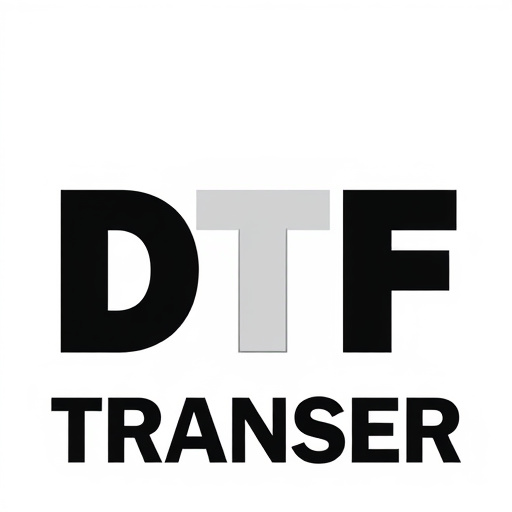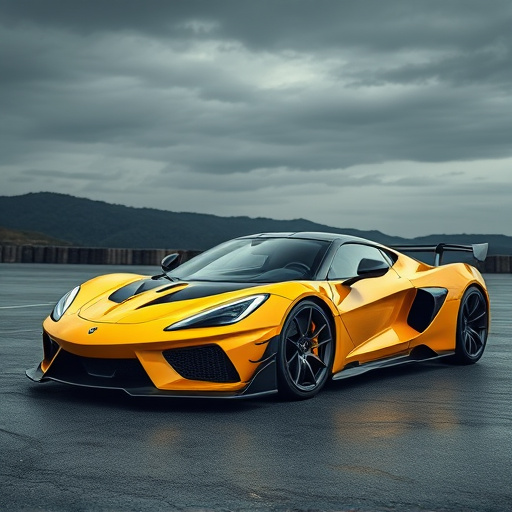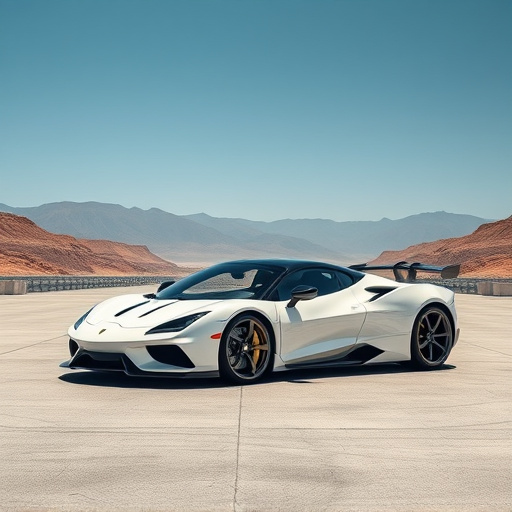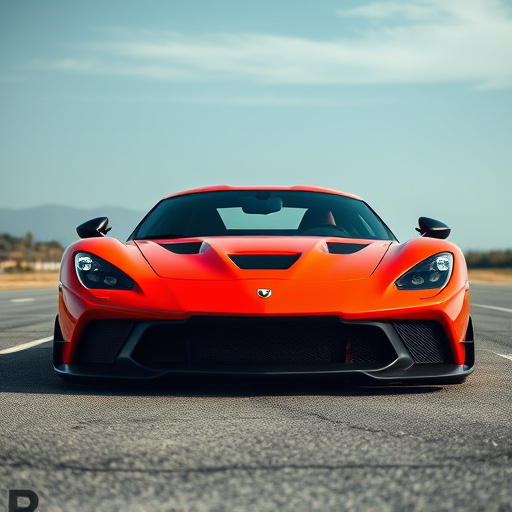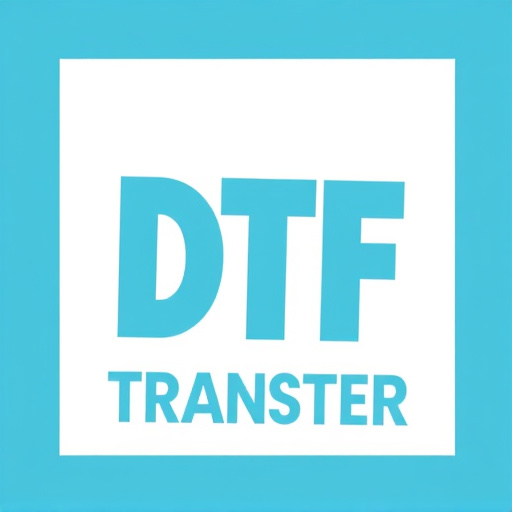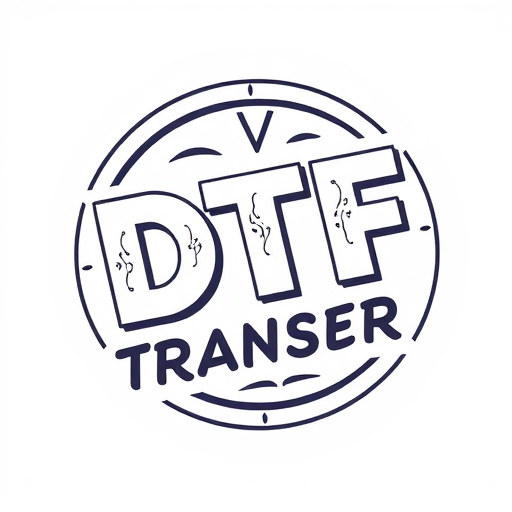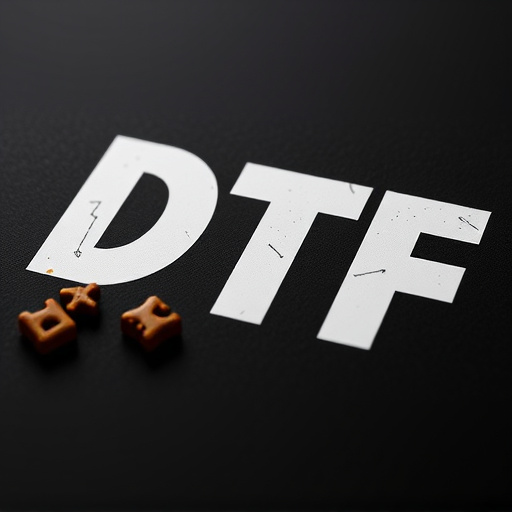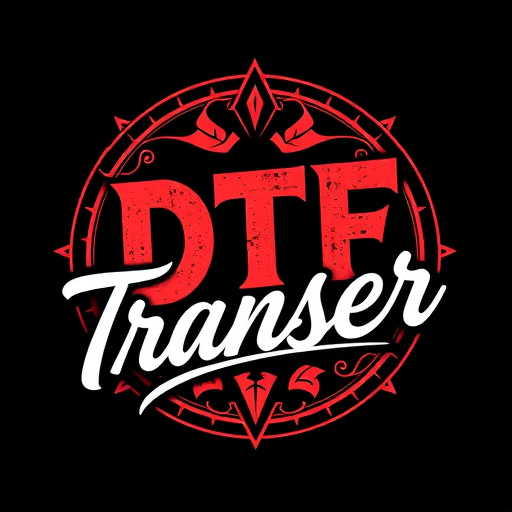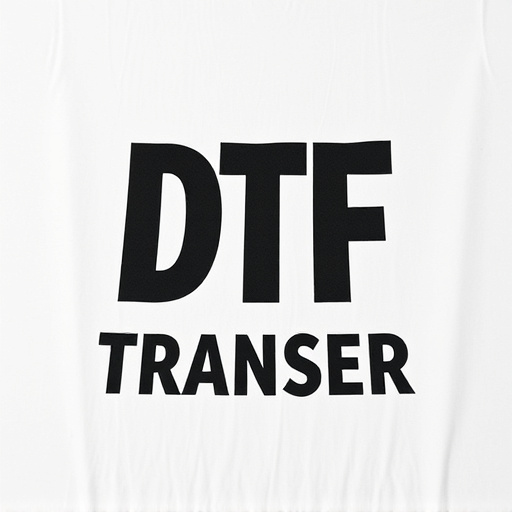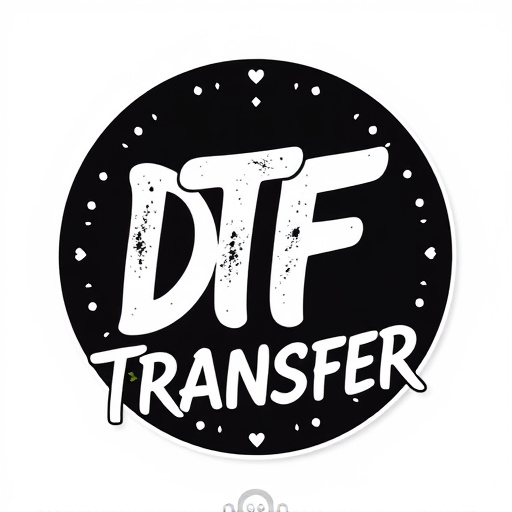Direct-to-Film (DTF) printing is a cutting-edge technology offering high-quality, on-demand printing directly onto film surfaces, with vibrant and durable finishes. Key cost factors include setup costs, material expenses for ink/dye, design complexity, and operational costs. Digital transfer options are revolutionizing the industry by providing precise, versatile alternatives to traditional film negatives, especially for smaller batches or custom works. Customization options greatly impact DTF printing costs, ranging from basic text/graphics to complex patterns. Bulk ordering discounts provide significant cost savings, making DTF printing an economical choice for high-volume print needs.
Direct-to-film (DTF) printing offers a unique and cost-effective method for producing high-quality prints. This article delves into the intricate world of DTF Printing, exploring its various options and cost structures. From understanding the fundamentals to analyzing key cost drivers, we provide insights on traditional and modern transfer methods. Discover how customization choices affect pricing and learn about bulk ordering discounts. Through real-world case studies, we demystify the financial aspects of DTF Printing, empowering businesses to make informed decisions in this dynamic printing landscape.
- Understanding Direct-to-Film (DTF) Printing: A Brief Overview
- Key Factors Influencing Cost Structure in DTF Printing
- Traditional vs. Modern DTF Transfer Methods and Their Pricing
- Customization Options and Their Impact on Costs
- Bulk Ordering Discounts: Maximizing Savings with DTF Printing
- Case Studies: Real-world Examples of DTF Printing Cost Structures
Understanding Direct-to-Film (DTF) Printing: A Brief Overview
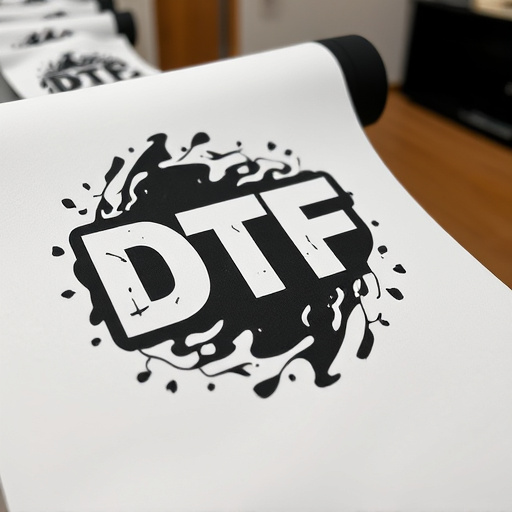
Direct-to-Film (DTF) printing is a cutting-edge technology that allows for high-quality, on-demand printing directly onto various film surfaces. This innovative process eliminates traditional intermediate steps, making it an attractive option for many industries, from packaging to signage and specialty effects. DTF Printing offers unparalleled flexibility, enabling the production of unique, custom designs with precise color accuracy.
The technology involves precisely applying ink directly onto the film’s surface using specialized printers. This direct approach ensures a vibrant, durable finish that is both scratch-resistant and water-resistant. With DTF Printing, businesses can quickly adapt to changing market demands, offering personalized or limited-edition products without incurring high setup costs. It’s a game-changer for short-run, custom printing projects, ensuring efficiency and exceptional visual outcomes.
Key Factors Influencing Cost Structure in DTF Printing

Several key factors significantly influence the cost structure in Direct-to-Film (DTF) printing, a process that offers an efficient and cost-effective method for producing high-quality prints. The initial setup costs play a crucial role; these include the investment in DTF printers, which can vary based on the size, quality, and technology of the equipment. Larger format printers typically have higher upfront costs but offer the advantage of handling more substantial print jobs quickly.
Additionally, material expenses are essential considerations. Ink or dye prices can differ based on type, brand, and volume purchased. Eco-friendly options might be pricier initially, but they contribute to a more sustainable DTF printing process. The cost per print also depends on the complexity of designs; intricate patterns or detailed images usually require more ink, thus impacting overall expenses. Moreover, operational costs such as maintenance, electricity, and waste management are critical factors that can vary among different DTF printing service providers.
Traditional vs. Modern DTF Transfer Methods and Their Pricing
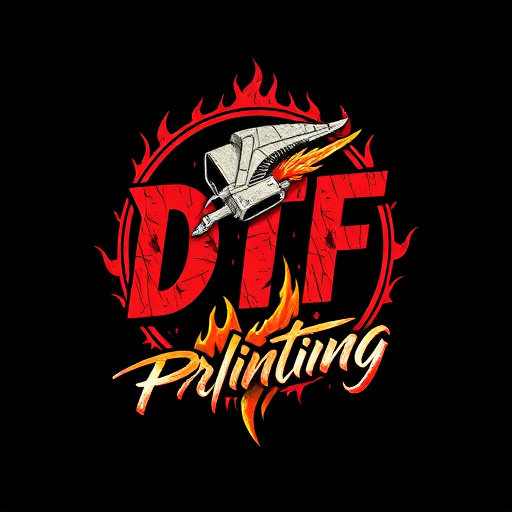
In the realm of direct-to-film (DTF) printing, traditional methods have been the industry standard for decades, relying on intricate processes involving film negatives and specialized equipment. However, modern DTF transfer options have emerged as game-changers, revolutionizing the way we approach film-to-print conversion. These contemporary techniques offer a seamless digital experience, eliminating the need for physical film strips and negatives.
The pricing landscape for these methods varies significantly. Traditional DTF printing can be cost-effective for large-scale productions due to its established infrastructure. Yet, modern digital transfers often come with higher upfront costs as they require advanced machinery and software. Nonetheless, in the long run, digital methods prove more efficient, especially for smaller batches or custom projects, thanks to their precision, versatility, and ability to minimize waste. This shift towards modernization in DTF printing reflects a broader trend in the industry, where technology is playing a pivotal role in enhancing print quality and streamlining production processes.
Customization Options and Their Impact on Costs
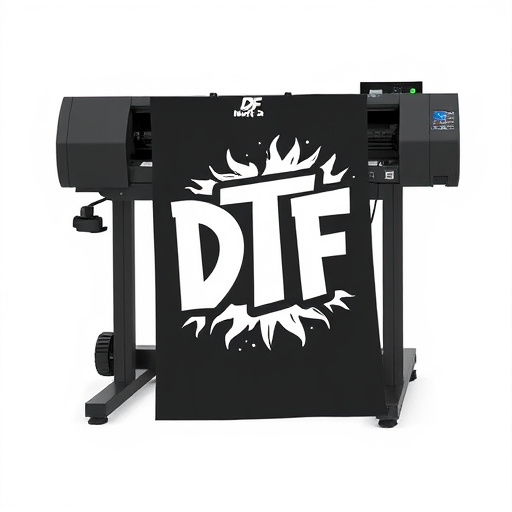
When considering direct-to-film (DTF) printing, customization options play a significant role in determining the overall cost structure. The level of personalization can range from basic design elements to complex, intricate patterns and images. Simple customizations, such as adding text or minor graphics, typically have minimal impact on prices, making them suitable for small-scale projects or promotional materials. However, as customization levels increase, so do the costs.
Advanced DTF Printing techniques often involve intricate cutting, detailed etching, or specialized ink applications, which require more time and resources. These options are ideal for creating unique, high-quality products but come at a higher price point. Businesses should carefully consider their budget and target audience when selecting customization levels to ensure they offer competitive pricing without compromising on product excellence.
Bulk Ordering Discounts: Maximizing Savings with DTF Printing
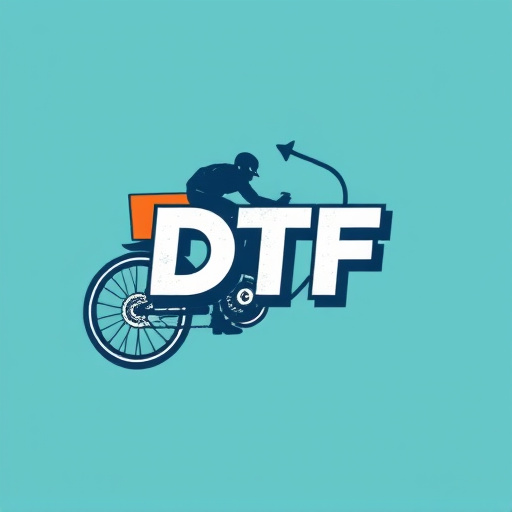
DTF printing offers a unique advantage in the form of bulk ordering discounts, which can significantly reduce costs for businesses and individuals opting for direct-to-film transfers. When placing large orders, many providers offer discounted rates per unit, making it an economical choice for high-volume print needs. This cost-saving strategy is particularly beneficial for companies producing custom merchandise, promotional items, or limited-edition collectibles, where the demand for larger quantities can be met with efficiency and affordability.
Maximizing these savings requires strategic planning. Ordering in bulk not only secures lower prices but also ensures a consistent supply of inventory. Businesses should anticipate their production requirements and gather orders from multiple sources to reach the threshold needed for discounted pricing. Additionally, some providers offer tiered discount structures, so understanding the pricing levels can help optimize the ordering process, ensuring the best value for DTF printing services.
Case Studies: Real-world Examples of DTF Printing Cost Structures
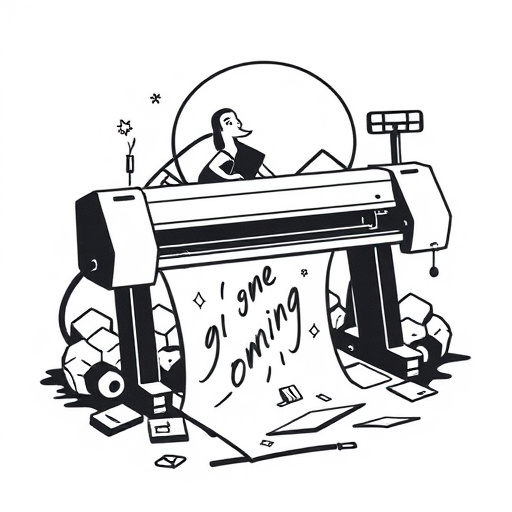
Direct-to-film (DTF) printing, a cutting-edge method in the print industry, offers unique cost structures compared to traditional printing techniques. To gain a comprehensive understanding of these costs, let’s explore some real-world case studies. For instance, consider a small local business that specializes in custom T-shirt printing using DTF technology. Their cost structure might include initial setup fees for acquiring specialized printers and ink systems, which can vary based on the printer model and brand. Additionally, they would incur costs for raw materials like blank T-shirts and packaging materials.
On a per-print basis, operational expenses such as electricity, maintenance of equipment, and labor for operator training and production time contribute to the overall cost. Interestingly, DTF printing often allows for lower variable costs compared to traditional screen printing due to its digital nature, eliminating the need for separate screens for each design. Case studies also reveal that businesses can benefit from economies of scale as they increase their print volumes, leading to more competitive pricing per unit.



